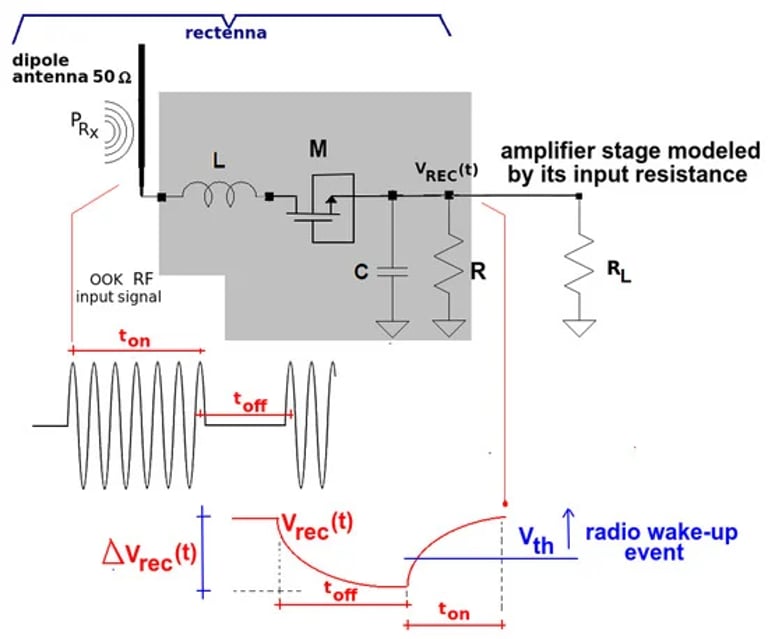Breakthrough Mini Rectennas Boost Medical Tech with High Power and Efficiency
August 10, 2024
A recent study introduces two miniaturized rectennas designed for medical applications, each measuring just 1 × 5 mm².
This innovative rectenna design features a MOS transistor configured for zero bias, setting it apart from traditional configurations.
The performance of these rectennas is compared with existing technologies, highlighting their enhanced sensitivity and simplified circuitry.
The first rectenna achieves a maximum output voltage of 5.29 V and power of 0.056 mW at a frequency of 1.446 GHz, while the second can deliver over 5 mW of output power at 1.175 GHz.
Both rectennas are optimized for high voltage and power outputs, tested under conditions that simulate human tissues such as pork fat and muscle.
Efficiency tests were conducted at various locations on the human body, taking into account factors like tissue thickness and water content.
The study also outlines test setups and methods for characterizing rectenna performance in free space and biological tissues, emphasizing their implications for real-world medical applications.
Safety guidelines from organizations such as ICNIRP stress the importance of optimizing emitted radiation to prevent harmful effects on human tissue.
The development of wireless sensor networks (WSNs) and IoT edge-nodes is crucial for creating low-energy, maintenance-free applications.
Two primary techniques for reducing energy expenditure in wireless communication include duty-cycle protocols and radio event-triggered receivers.
Wakeup receivers are noted for their advantages in power dissipation and latency compared to traditional duty-cycle methods.
The research was conducted without external funding and declares no conflicts of interest.
Summary based on 2 sources
